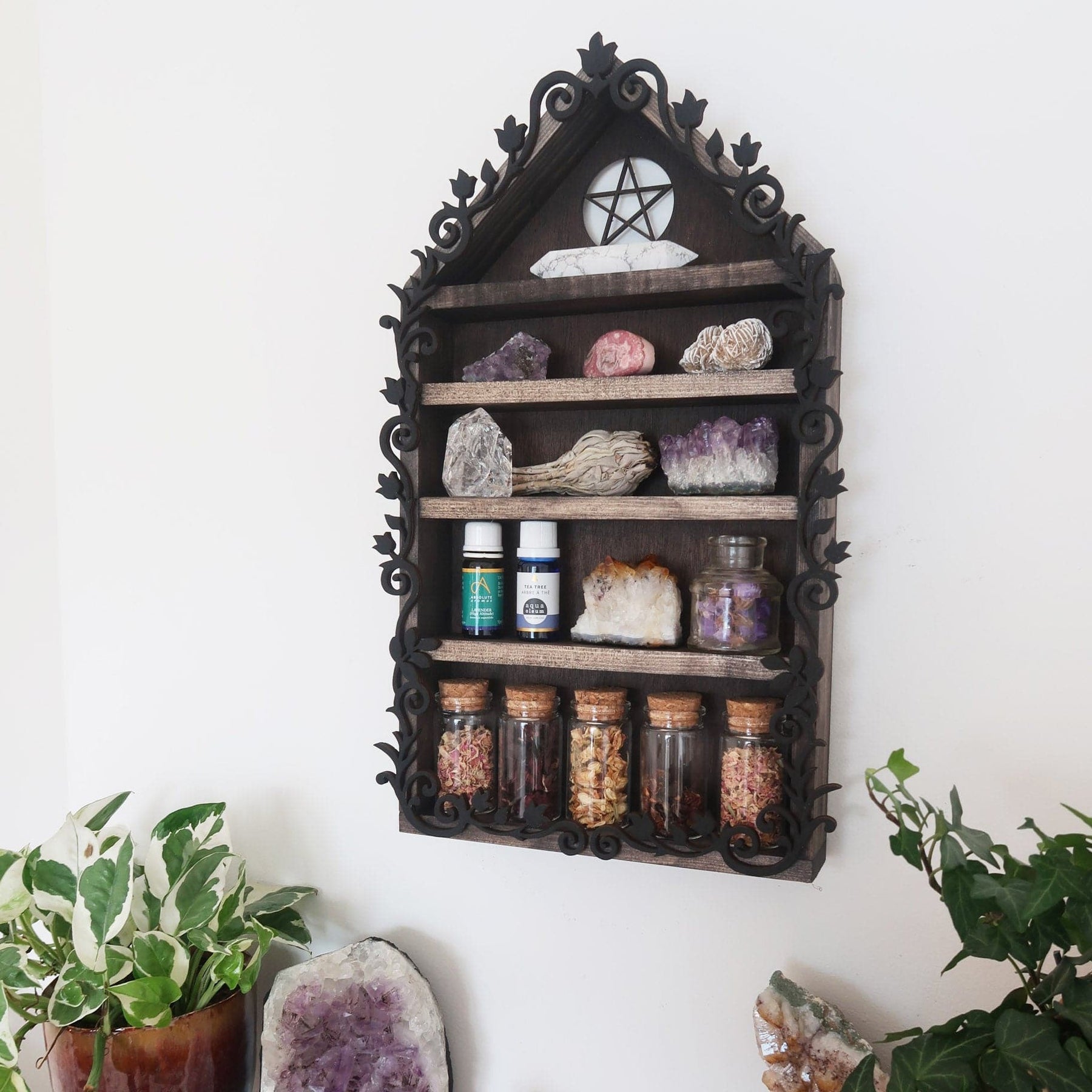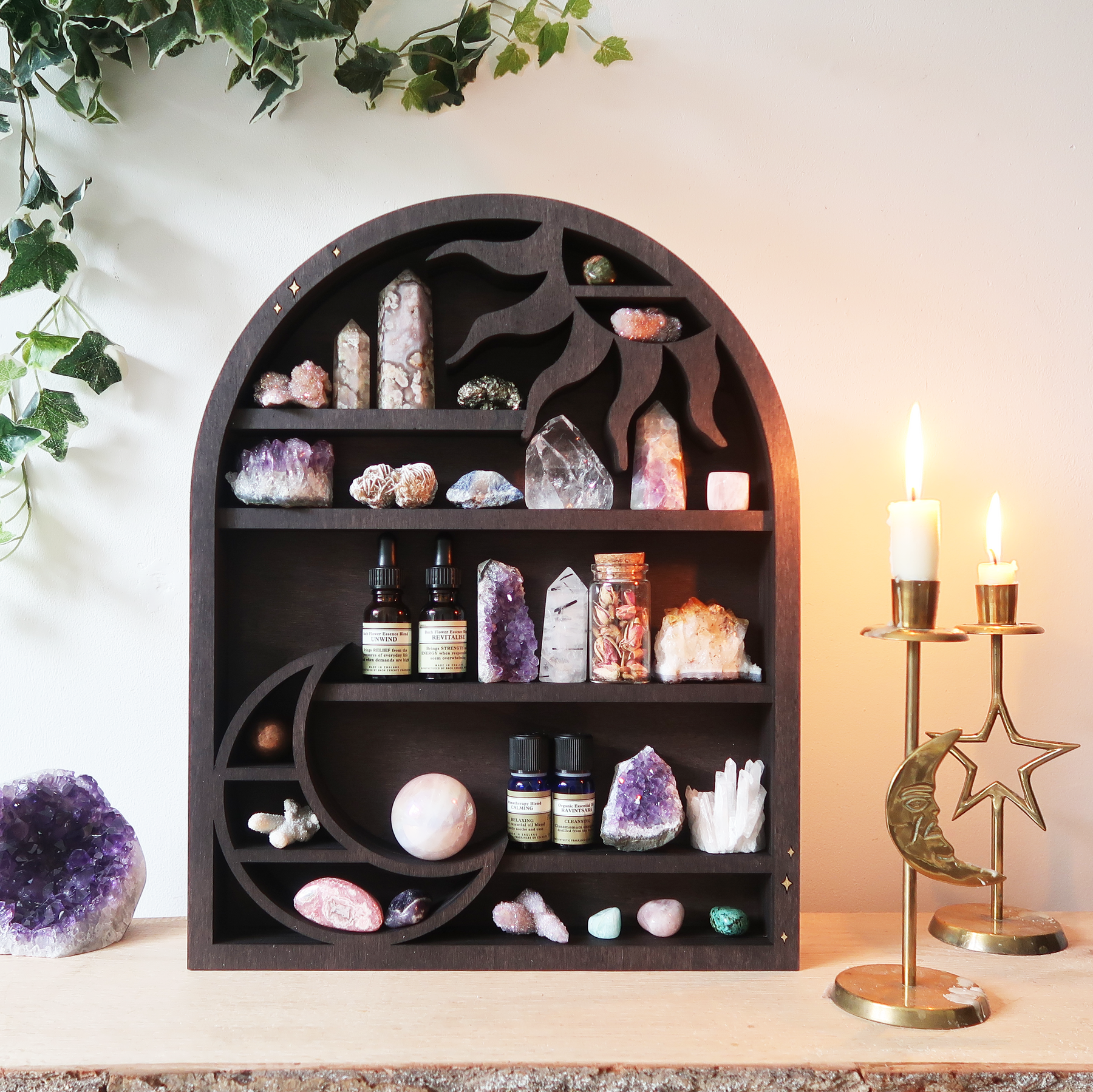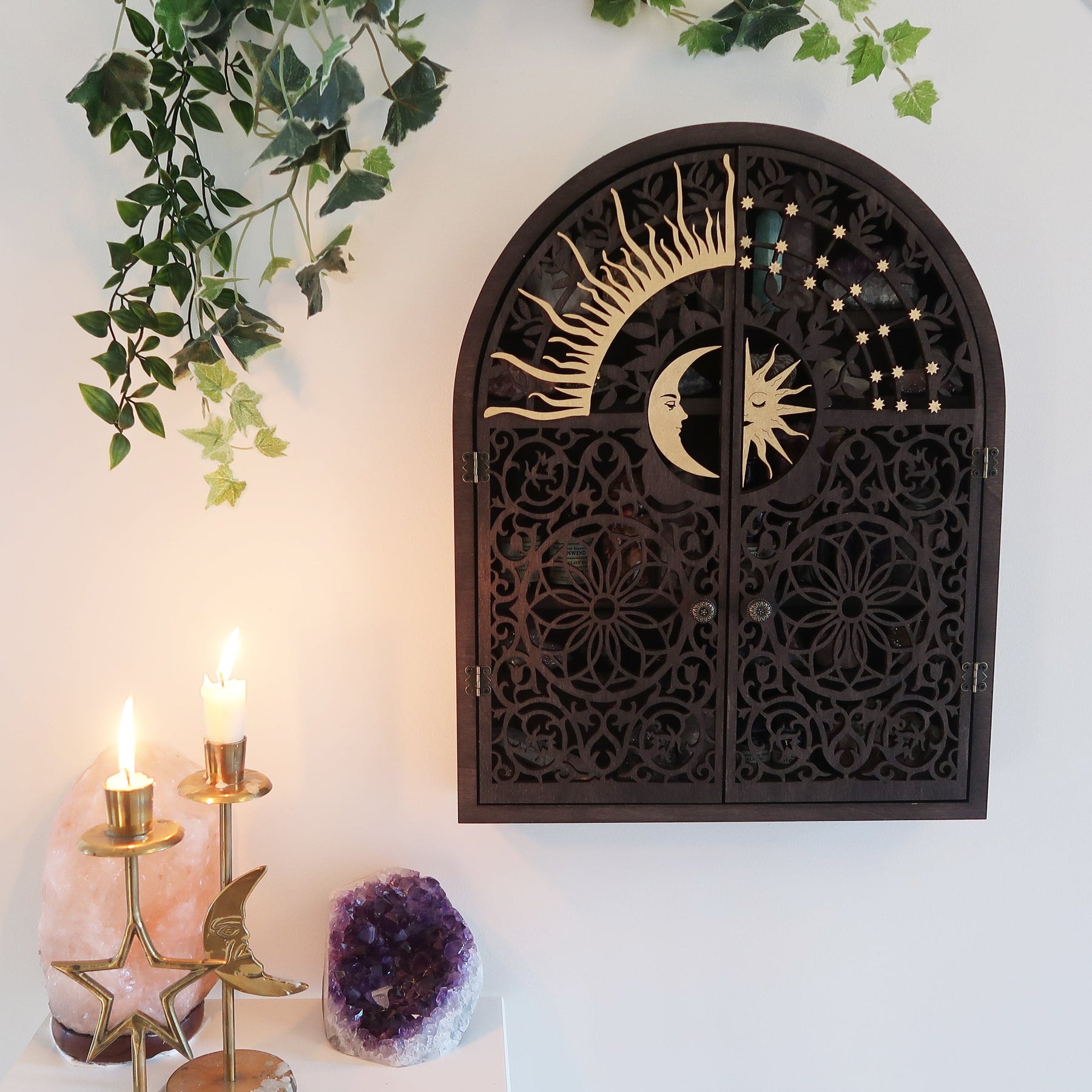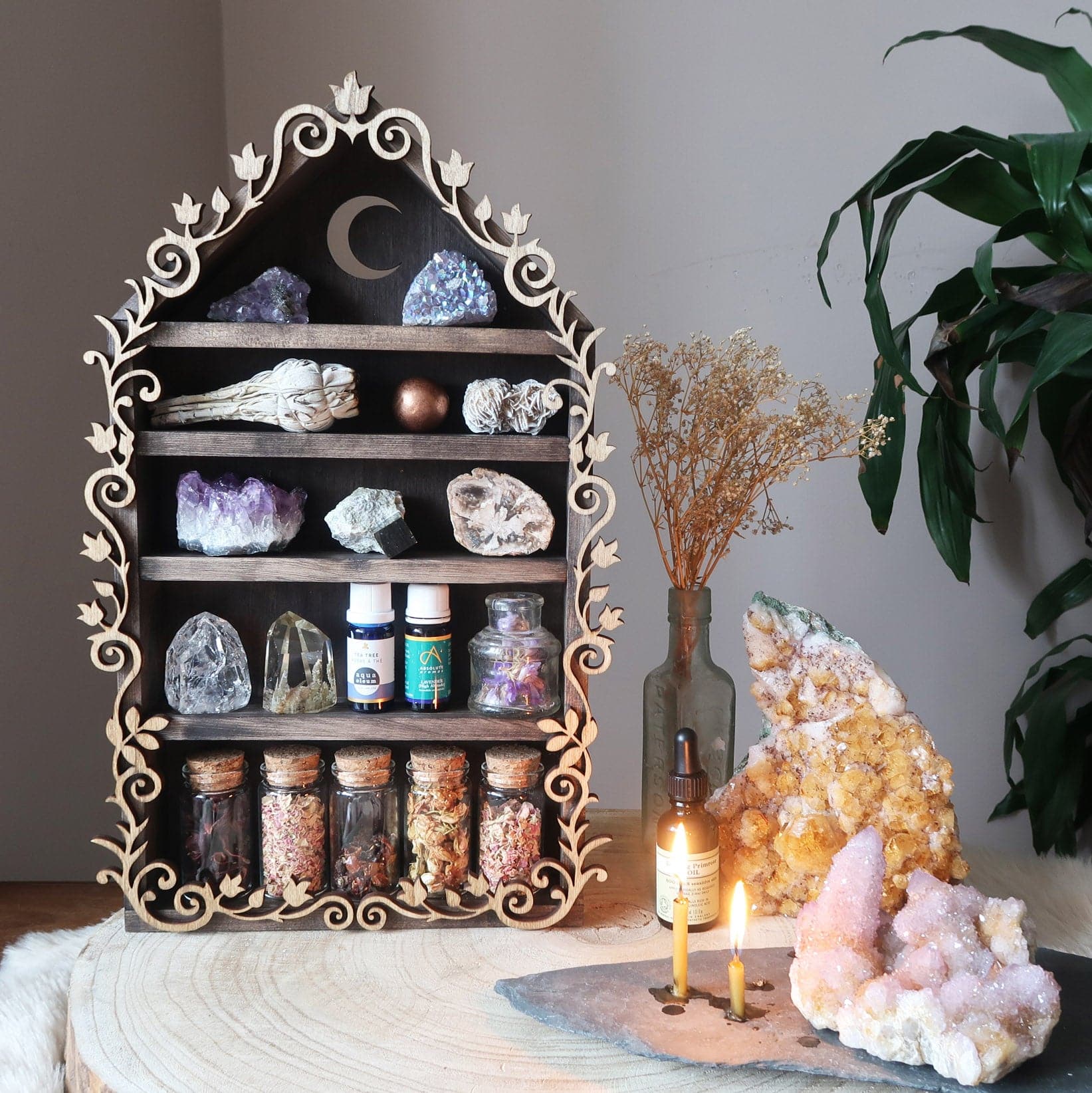8 Surprising Ways Apothecaries Differed from Modern Pharmacists
My great-grandmother's herbal remedy book sits on my shelf, its pages yellowed and fragrant with the ghost of dried herbs pressed between them long ago. When I was sick as a child, my mother would consult this family heirloom before deciding whether to visit the pharmacy or brew something from our garden.
This connection between old and new healing traditions sparked my fascination with how medicine has evolved over centuries.
While today's pharmacists and the apothecaries of old both dedicated themselves to preparing remedies, the differences between these healing traditions reveal how dramatically medicine has transformed.
Let's explore eight surprising ways these historical healers differed from their modern counterparts.
1. Education and Training
Modern pharmacists follow standardized education pathways, including undergraduate prerequisites, four years of pharmacy school, licensing exams, and often residencies. Their training is heavily science-based and regulated by national standards.
Historical apothecaries learned through apprenticeships, often beginning as young as 12 years old.
Training lasted 5-7 years under a master apothecary, with practical knowledge passed down through demonstration rather than formal scientific education.
Where pharmacists learn through standardized curricula, apothecaries learned through observation and hands-on experience.
The lack of standardization meant vast differences in knowledge between practitioners, with some apothecaries possessing exceptional herbal wisdom while others had only rudimentary skills.
2. Workspace and Tools
Modern pharmacists work in clinical environments with computers, automated dispensing systems, and pre-manufactured medications. Their workspaces prioritize efficiency, cleanliness, and technological integration.
Historical apothecaries operated from shops filled with herbs, minerals, and animal products stored in countless jars and drawers. Their tools included mortars and pestles, scales, distillation equipment, and drying racks.
The Sun And Moon Arch Crystal Shelf captures the aesthetic of these historical spaces while adapting to modern needs.
Its poplar wood construction and choice of finishes (oak mixed with dark brown, dark brown, or matte black) provide an elegant display space for modern herbal enthusiasts connecting with traditional practices.
Our range of crystal display shelves help to add functional storage to your sacred space.
While pharmacists work in clinical spaces dominated by technology, apothecaries created atmospheric workshops filled with natural ingredients.
3. Ingredient Sourcing and Preparation
Modern pharmacists receive pre-manufactured medications produced in regulated facilities. They focus on dispensing, compounding (occasionally), and educating rather than manufacturing medicines from raw ingredients.
Historical apothecaries sourced raw materials directly from nature, local markets, and exotic trade routes. They needed extensive knowledge of when to harvest plants, how to preserve animal materials, and proper storage techniques for maintaining potency.
Key differences in ingredient handling:
-
Modern pharmaceutical approach:
- Starting with refined, standardized active ingredients
- Precise chemical compositions known and regulated
- Ingredients tested for purity before reaching the pharmacy
- Little to no on-site processing of raw materials
-
Historical apothecary approach:
- Starting with whole plants, minerals, and animal products
- Variable potency based on growing conditions and harvesting timing
- Personal inspection as the primary quality control method
- Extensive processing including drying, grinding, distilling, and fermenting
Where pharmacists dispense standardized medications, apothecaries transformed raw natural materials into healing remedies.
4. Diagnosis and Treatment Approach
Modern pharmacists work in collaboration with physicians who provide diagnoses. They focus on medication management, identifying interactions, and ensuring proper dosing based on established protocols.
Historical apothecaries often served as both diagnostician and treatment provider, especially for common ailments. They would observe symptoms, question the patient, and sometimes use methods like urine inspection or pulse-taking before recommending treatments.
The Celestial Arch Cabinet reflects this comprehensive approach to wellness.
With its intricate mandala design, two interior shelves, and three display areas, it provides space for organizing multiple aspects of health support - from herbal preparations to reference materials.
While pharmacists specialize in medicine management within a healthcare team, apothecaries often served as the primary healthcare provider for their communities.
5. Record Keeping and Prescriptions
Modern pharmacists maintain detailed digital records tracking every prescription, refill history, allergies, and potential interactions. These systems are integrated with insurance and sometimes electronic health records.
Historical apothecaries kept formula books and sometimes customer ledgers, but patient records were minimal. Prescriptions were often verbal, written on scraps of paper to be discarded after preparation, or recorded in personal notebooks.
Where pharmacists operate within complex digital documentation systems, apothecaries relied primarily on memory and handwritten notes.
Last year, I visited a reconstructed apothecary shop in a historical museum where the curator showed me a preserved apothecary ledger from 1790.
The entries were fascinating - shorthand notes about customers' ailments and remedies dispensed, all written in beautiful but nearly indecipherable script, nothing like the detailed documentation required today.
6. Regulatory Oversight
Modern pharmacists operate under strict regulatory frameworks including national, state, and professional oversight. Every aspect of their practice, from education to dispensing, falls under detailed regulations designed to ensure safety and consistency.
Historical apothecaries worked with varying levels of regulation depending on location and era. While some cities had guild systems that provided oversight, many practitioners operated with minimal external control, particularly in rural areas.
While pharmacists follow thousands of pages of regulations, apothecaries often determined their own standards of practice.
The freedom historical apothecaries had to experiment with formulations led to both dangerous practices and remarkable innovations.
This spirit of curious exploration is something many herbalists and natural health enthusiasts seek to recapture today, albeit with modern safety knowledge.
7. Scope of Products and Services
Modern pharmacists primarily dispense medications for specific health conditions, though many pharmacies also sell health-related products, offer vaccinations, and provide basic health screenings.
Historical apothecaries sold a fascinating array of products beyond medicines - from spices, perfumes, and cosmetics to candles, paints, and sometimes even confectionery. Their shops were often social hubs where people gathered for news and advice.
The Crescent Moon Botanical Apothecary Shelf honors this multifaceted tradition.
Handcrafted from solid pine with either an oak or black botanical front panel and a crescent moon design, it comes complete with five glass storage bottles perfect for herbs, essential oils, or tinctures.
Where pharmacists specialize almost exclusively in medication, apothecaries were purveyors of wellness, beauty, and household goods.
8. Relationship with Patients
Modern pharmacists typically interact with patients briefly during medication dispensing, though many strive to build relationships despite time constraints. Most interactions focus specifically on medication education and adherence.
Historical apothecaries often formed deep, multigenerational relationships with families in their communities. They would know personal histories, family dynamics, and individual constitutions that informed their recommendations.
The lasting elements of the apothecary-patient relationship:
-
Time and attention:
- Extended consultations rather than quick transactions
- Observation of the whole person, not just symptoms
- Personalized remedies based on individual needs
- Follow-up and adjustment of treatments
-
Community integration:
- Knowledge of family health histories across generations
- Understanding of local environmental factors affecting health
- Awareness of cultural and community practices
- Serving as respected community advisors beyond health matters
While pharmacists often work within time-pressured healthcare systems, apothecaries cultivated deep community connections that informed personalized care.
Creating Your Modern Apothecary Space
While we benefit tremendously from the safety, consistency, and scientific advancement of modern pharmacy, many people feel drawn to recapture certain elements of the traditional apothecary approach in their own wellness practices.
If you're inspired to create a space that honors the apothecary tradition, consider these elements:
-
Functional beauty:
- Storage solutions that are both practical and visually appealing
- Natural materials that connect to the earth-based tradition
- Organization systems that make ingredients accessible
- A dedicated space for consulting reference materials
-
Intentional practice:
- Mindful selection of herbs and natural ingredients
- Documentation of your observations and experiments
- Connection to seasonal rhythms and natural cycles
- Balance between traditional wisdom and modern knowledge
The beauty of creating a personal apothecary space today is that we can blend the best of both worlds - the tried-and-true natural approaches from history with the safety knowledge and scientific understanding of modern times.
Whether you use your space for crafting simple herbal teas, creating natural beauty products, or developing your own wellness supports, connecting with this historical tradition brings a richness to modern self-care practices that many find deeply satisfying.

About the Author
Janie Fagan is the lead writer and resident crystal expert at Coppermoon.
With over 20 years of experience in spiritual practices and crystal work, Janie comes from a lineage of spiritualists who have passed down their wisdom through generations.
Her approach combines traditional knowledge with practical, modern applications, helping readers create sacred spaces that honor both ancient traditions and contemporary needs.
When not writing or working with crystals, Janie can be found tending to her moon garden, practicing sound healing, and exploring the connection between celestial movements and earth energies.
She believes that everyone deserves access to the tools and knowledge that make spiritual practice accessible and meaningful in everyday life.






Leave a comment